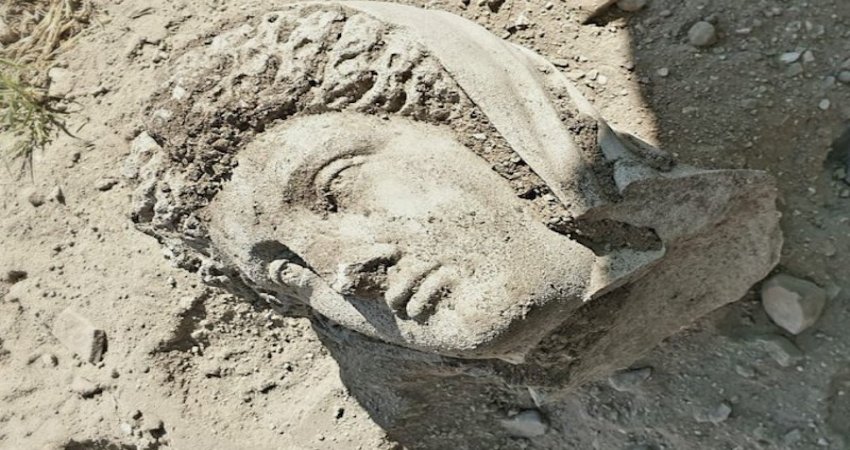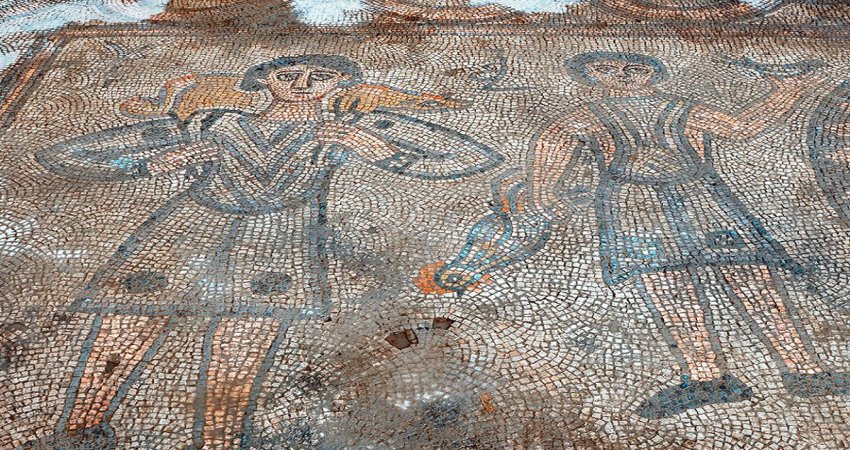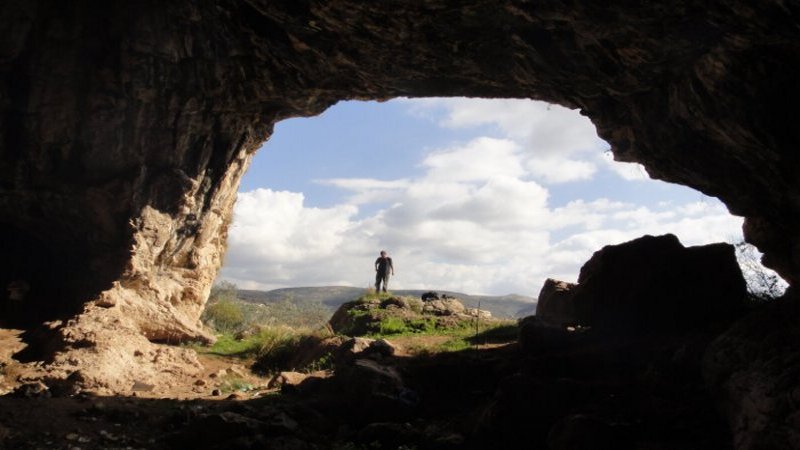Unique Shaman Grave From Natufian Era 12,000 Years Ago Discovered In Hilazon Tachtit Cave In The Galilee
MessageToEagle.com – Shamans held a high position in many ancient societies and shamanistic practices are thought to predate all organized religions. Shamanistic traditions date back to the Neolithic period before they were virtually wiped out with the spread of Christianity.
Discoveries in ancient tombs often reveal the importance of shamans among ordinary people.
A unique 12,000-year-old grave of a female shaman have been discovered in a cave called Hilazon Tachtit (Lower Hilazon River) located in the Galilee, Israel. The tomb dates back to the Natufian era.
The burial grave of the b female shaman, who was living in a hunter-gatherer society, sheds new light on human society during the late Natufian era (10,800-9,500 B.C.E.), and on how the ancients treated the dead, according to the archaeological team led by Prof. Leore Grosman of the Hebrew University of Jerusalem and Prof. Natalie Munro of Connecticut University.
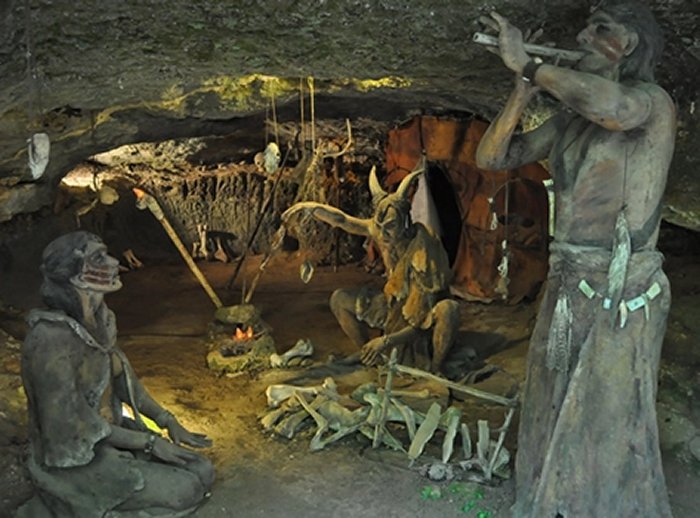
The Natufian culture existed beginning some 15,000 years ago in the Levant. It is believed these people were among the first humans to abandon foraging and to settle in permanent locations. They continued to hunt for meat and gather fruit, but they also began to produce food, and even to bake bread, evidence of which includes giant grinding stones used to make flour from barley.
When it was exactly that man transitioned from hunting and gathering to farming is hotly debated – as is the possibility that he went back and forth between those cultures.
The discovery of the shaman’s grave makes it possible for scientists to re-construct the woman’s funerary ceremony. The woman, who was very short, practically a dwarf died when she was 45 years. It is considered at good age during times when people lived much shorter.
She suffered from a variety of diseases and distortions that must have made her look quite unusual.
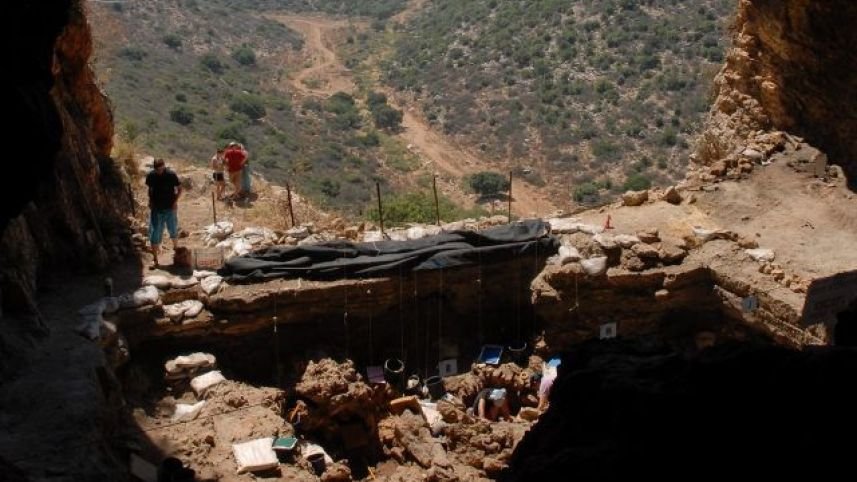
Inside the grave archeologists found several offerings such as a human foot, 86 tortoise shells, an eagle’s wing, a leopard’s pelvic bone, the leg of a pig, and tailbone from a cow, and much more.
See also:
9,000-Year-Old Shaman’s Sanctuary Discovered In North-Western Poland
Shaman’s Mask Formed And Carved From A Human Skull
Unique 1,500-Years-Old Ancient Shaman Statue Guarding An Underground Burial Chamber
The ancient burial was conducted in four stages. The first stage involved digging a symmetrical oval hole in the cave. The hole was then walled with mud plaster and stone slabs. During the second stage large stones were placed between which the inhabitants put tortoise shells, seashells, blocks of ochre, the body of a deer, and a broken basalt bowl that had probably been in use, but was broken for the purposes of the burial.
In the third stage, they filled the grave site with bones of animals that had already been consumed, and processed flint tools. During the fourth stage, the woman’s body was buried with more animal bones or parts of them.
“Ritual practice plays crucial social roles in human societies by communicating information about social status, calming tensions, and integrating communities,” Grosman and Munro wrote in their paper, “A Natufian Ritual Event,” published in the journal Current Anthropology.
MessageToEagle.com






